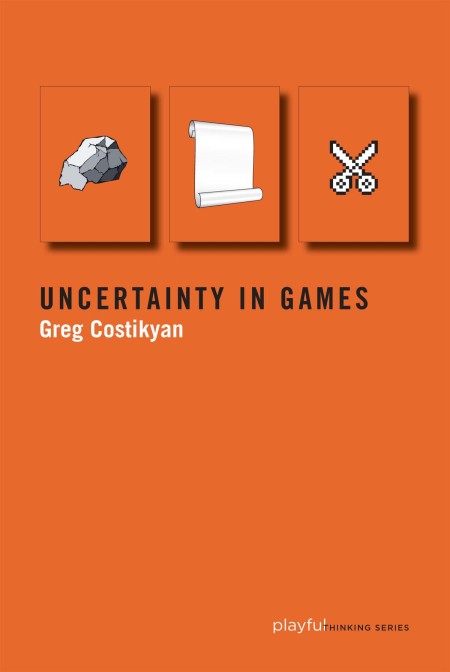Announcing The Deletionist, a project by Amaranth Borsuk, Nick Montfort and myself.
This is a bookmarklet (added to the bookmark bar in one’s browser) that automatically creates erasure poetry from any page on the World Wide Web, revealing an alternate mesh of texts called the Worl. Amaranth and Nick presented The Deletionist for the first time this week at the E-Poetry festival in London, at Kingston University. http://thedeletionist.com/
For every page, The Deletionist weighs 30 different principles of erasure to see which is most appropriate for a given text.
Please post any interesting examples that you may find by tweeting @thedeletionist or posting here!
Examples
This is the alliteration rule – this guy’s clearly obsessed with the word “narrative”!
Waxy.org (example by waxy.org)
The “it’s not you it’s me”-rule.
Susan Sontag: Against Interpretation
The Steinian Continuous Present rule.
Bioshock Infinite ending spoiler
Readable, without spoiling much! The “I am Interesting” rule.

![delitionist_logo[1]](http://www.jesperjuul.net/ludologist/wp-content/uploads/2013/06/delitionist_logo1.png)

![deletionist-waxy-20130618-212909[1]](http://www.jesperjuul.net/ludologist/wp-content/uploads/2013/06/deletionist-waxy-20130618-2129091-150x150.png)


 In life, uncertainty surrounds us. Things that we thought were good for us turn out to be bad for us (and vice versa); people we thought we knew well behave in mysterious ways; the stock market takes a nosedive. Thanks to an inexplicable optimism, most of the time we are fairly cheerful about it all. But we do devote much effort to managing and ameliorating uncertainty. Is it any wonder, then, asks Greg Costikyan, that we have taken this aspect of our lives and transformed it culturally, making a series of elaborate constructs that subject us to uncertainty but in a fictive and nonthreatening way? That is: we create games.
In life, uncertainty surrounds us. Things that we thought were good for us turn out to be bad for us (and vice versa); people we thought we knew well behave in mysterious ways; the stock market takes a nosedive. Thanks to an inexplicable optimism, most of the time we are fairly cheerful about it all. But we do devote much effort to managing and ameliorating uncertainty. Is it any wonder, then, asks Greg Costikyan, that we have taken this aspect of our lives and transformed it culturally, making a series of elaborate constructs that subject us to uncertainty but in a fictive and nonthreatening way? That is: we create games.